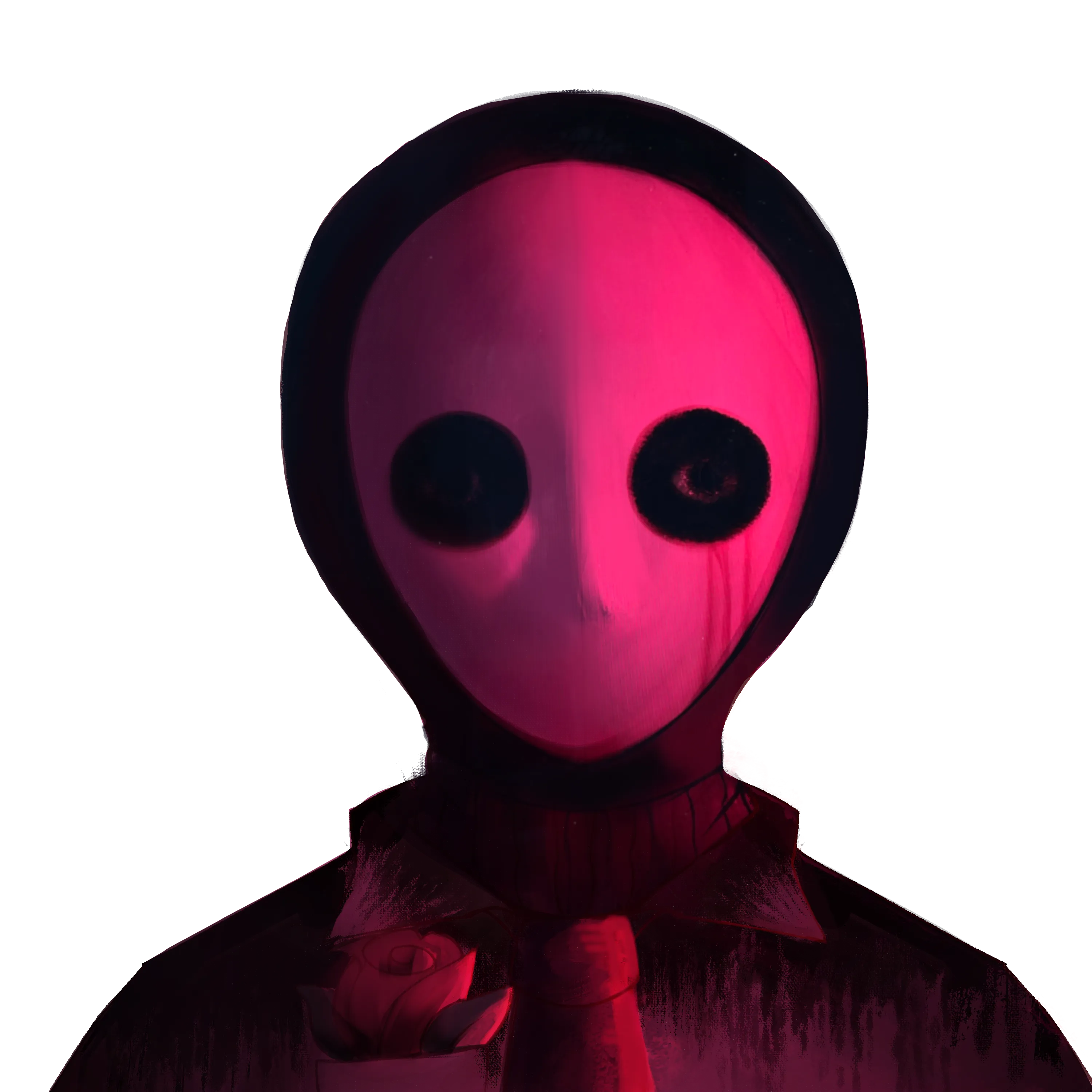A Retard's Mathematical Evolutionary Philosophy
11 min read
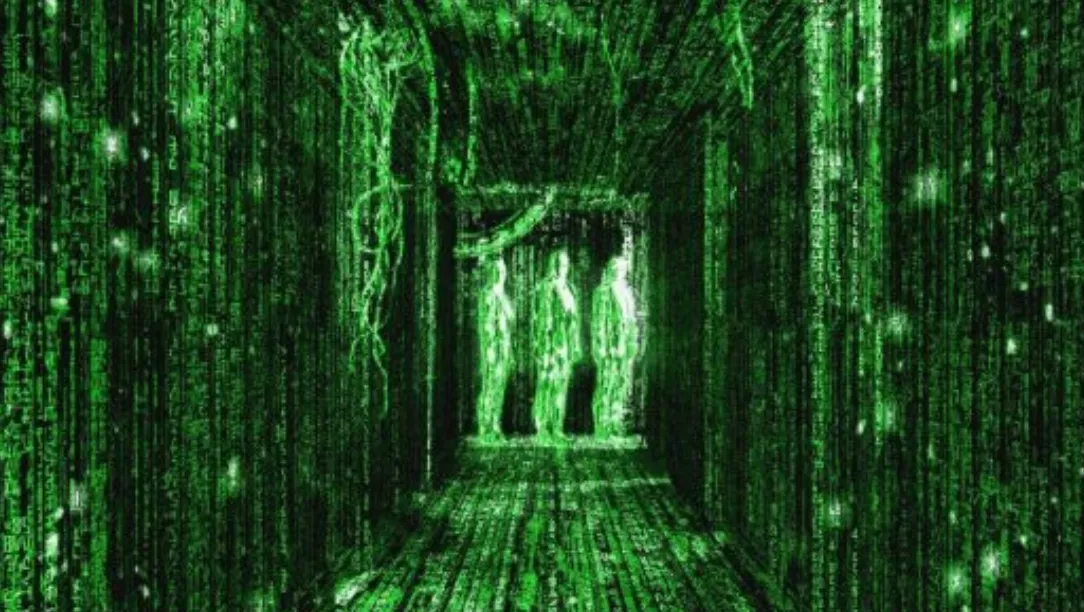
What happens when you combine existential philosophy w/ the background of mathematical mutation-based evolutionary biology? A borderline crazy person or a genius? Who knows! Let's take a look into the mind of DeGatchi as we explore the world of artificial possibilities.
The Matrix
After watching the first Matrix movie for the first time last week I couldn’t help but think that the underlying AI that (spoiler) captured organic life is similar to what I want to achieve, without the enslavement of course! I do believe it’s entirely possible to latch onto the human mind and suspend the consciousness of oneself in a perpetual cycle of electrical pulses that create a new reality. For the question begs, “What is real?”. It is merely electrical signals processed by the brain, retrieved and relayed by sensors.
Therefore, you can practically create and perceive anything we can think of given the precise electrical stimulation. Quite interesting stuff, aye? They mention a programming language. One to build this reality when injected into their brains. Interestingly enough I had the idea to remove computational complexity from my Artificial Life by creating a programming language to limit combinatorial options, similar to DNA ATCG.
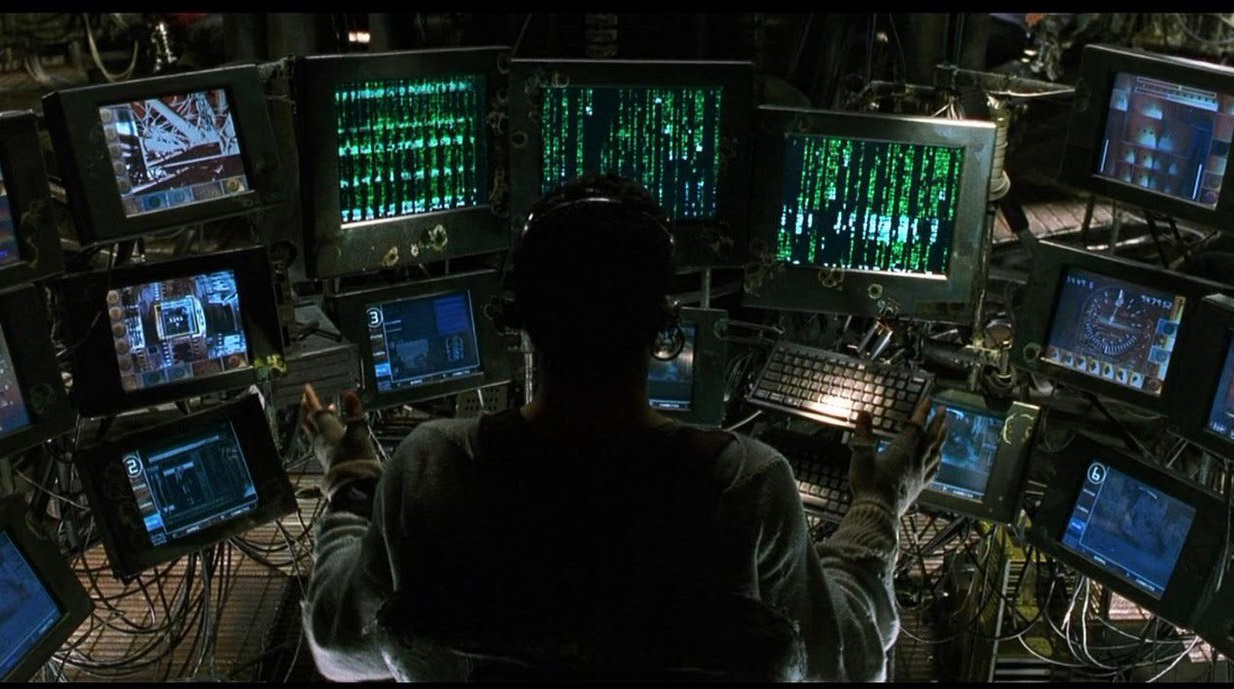
Instead of high level programming language syntax of
let x = 0functon im_rich_omg(a) { do something etc }You could create a language, like BrainFuck, where you have the absolute minimum required for a Turing complete computer to enable bare metal syntax to create these variables in memory with merely + and - with some way to point, read and write to memory.
The purpose of this language is to adapt in real time to create reality. What if you could do the same for the AI itself? That’s what I’ll be exploring in this article.
Carl Jung
While doing 30mins of 1lb jump rope I was listening to Carl Jung Was a Genius And This Experiment Proves It. What I learned from it was that our two hemispheres, left and right, are responsible for their specialised roles. The left is accountable for our consciousness, language processing and problem-solving. The right is the subconscious part responsible for creativity, symbolism and feeling. The corpus callosum, the middle section that bridges these two parts, is an inhibitor, making sure one side doesn’t fully take over our being for however long.
What Mr Jung did as a therapist was tell his distressed patients to paint freely as if they painted by following the feeling of their hands, provoking their subconscious mind. This would end up “healing” them while simultaneously drawing symbols that mean something to them. And as they painted more and more they got better, indicating that this subconscious part of our brains are intelligent and can learn…Now that I write this it makes sense to me that whenever I sing I cry. Maybe it’s my brain responding to the meaning of the frequencies. It’s quite weird. Singing random frequencies in silence causes me to tear up. It must be the same concept being applied.
Discovery 1
A couple of weeks back I messed around with straight lines and finally had my first experience of independent discovery. I’ve always been fascinated with the multi-valley problem and initially thought about how you solve the problem of “how to discover hidden valleys” to which I thought of this concept of fog of war sections, like exploring a map in a game.

With this, you’re able to map out sections of a graph and eventually concatenate them. Each section is its graph, for example, the initial one is an inverted parabola that inverts towards the end. The 2nd is a negative mx + b that shoots up exponentially and then the 3rd is a parabola. You eventually concat them together to get the entire picture, enabling segmented algorithms based on what area you’re in on the graph.
Discovery 2
Today, I was messing with the same problem but with a fresh mind of trigometric interest. Turns out “[I] just came up with a weighted variation of newton-raphson’s method for fn opt”. Wtf???
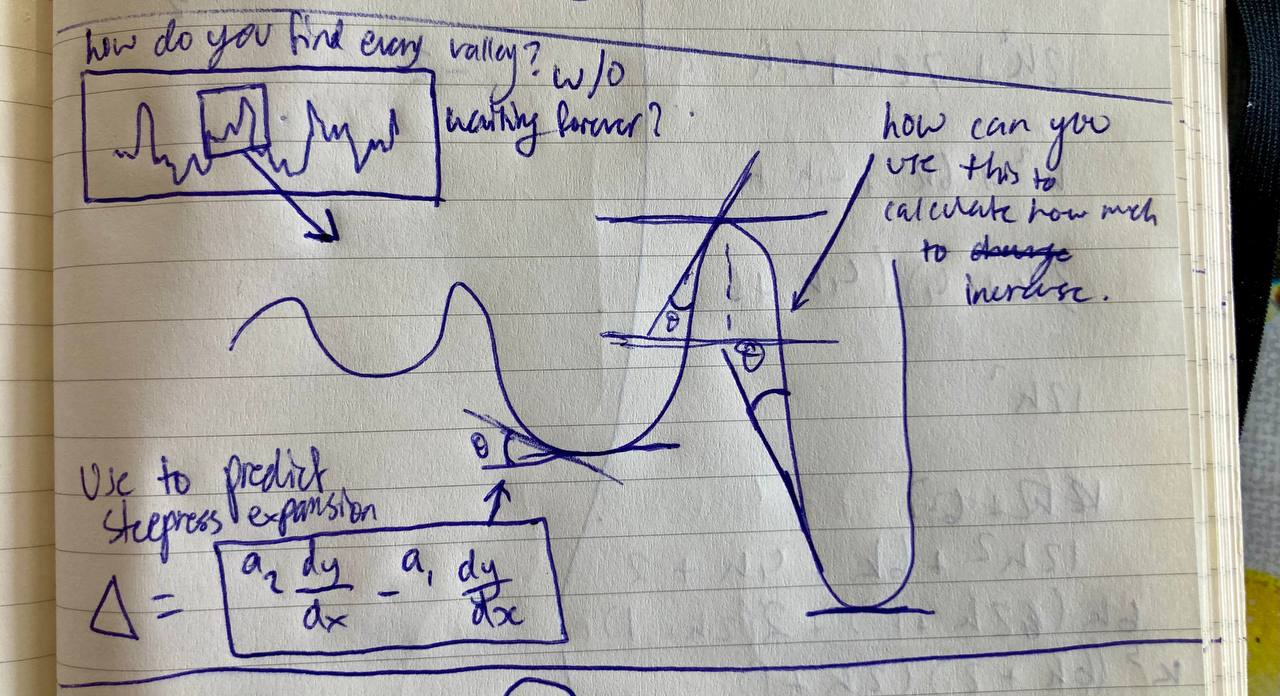
What a shock! I knew I hadn’t discovered anything unique but couldn’t find out what it was called on PerplexityAI. Later in the day, a fren told me about it saying “[I] have really great intuition” and “[I] can get a good intuition on what to research next / create new methods, that’s amazing lol”. Quite inspiring for a noob at math, aspiring to understand math fluently, like English.
Geometric Drawback
Anyway. I was later going down the rabbit hole of drawing geometric shapes, eventually attempting to draw non-euclidean shapes — mostly Hyperbolic Paraboloid
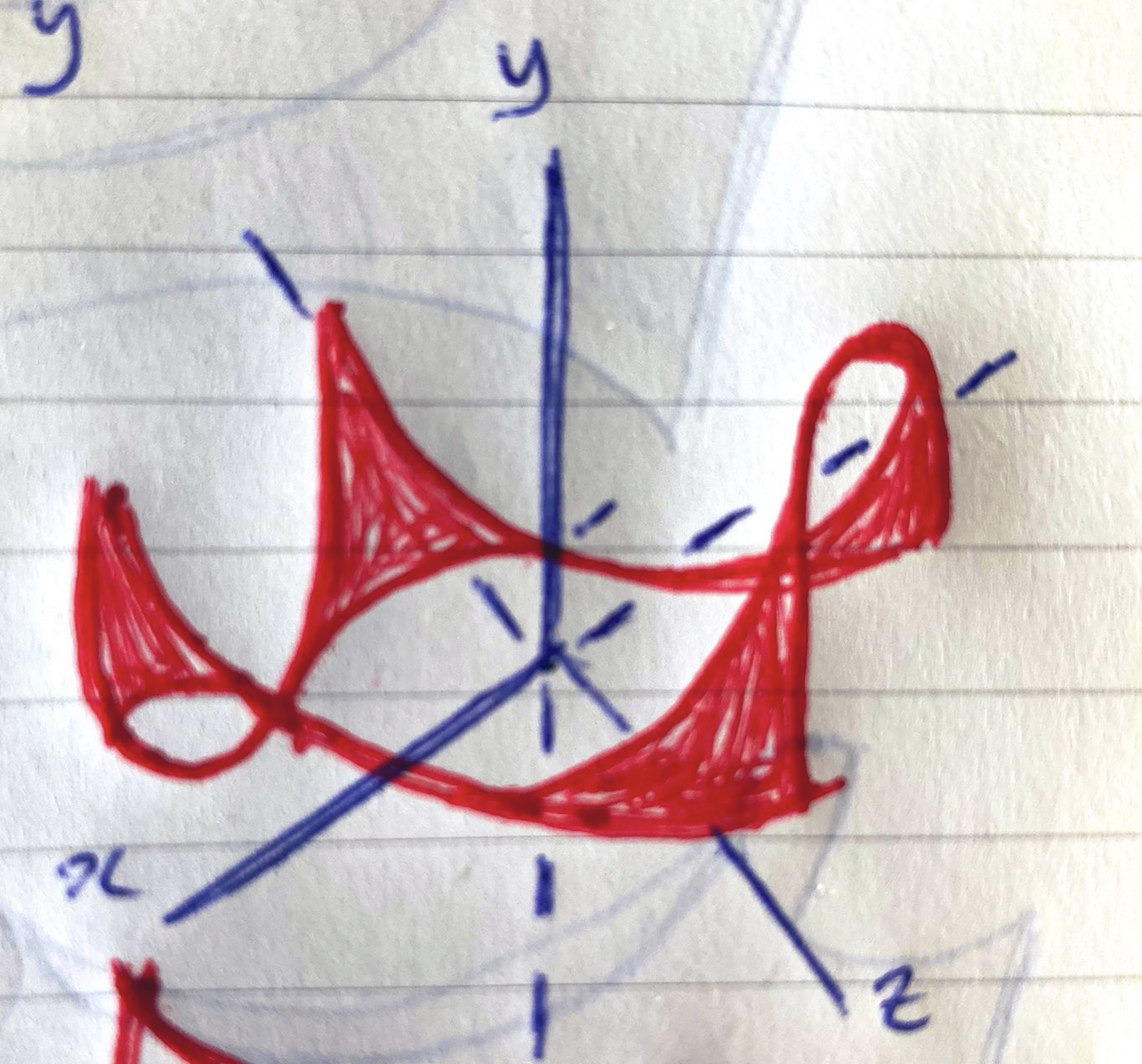
And then it all hit me. I’ve been super interested in multi-valley 2d problems, and suddenly when walking around I imagined a hyperbolic 3d version of the problem and how it would look but I didn’t have the skills to draw the damn thing. So I scrambled around with my god-forsaken ability and drew this
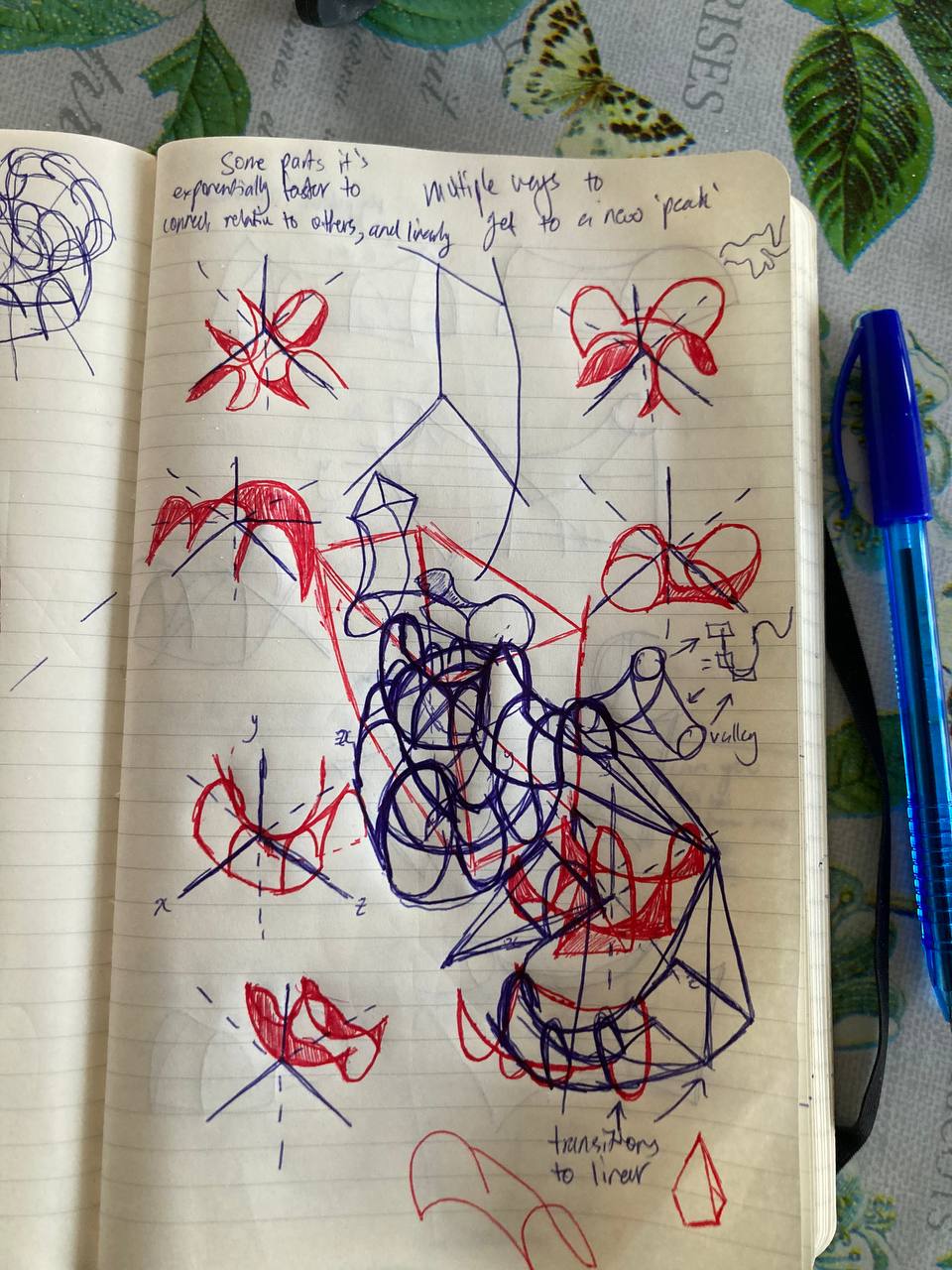
It was an attempt to draw the image I so clearly saw in my brain (and my other attempts at 3d drawing)…I was wondering what connecting these non-euclidean shapes would be like and the properties it would yield. Then mix it up with Euclidean objects too, like the prism on the far right, representing how things can go from exponential to linear past a threshold at a point in space.
Right Hemisphere Potential
This had me wondering about the effects of training the right side of the brain, the visual symbolism part, on geometric shapes and indulging in the creative act of drawing/painting but only with these shapes. Would it build new-found intuition towards the language of math and how you can be creative? Most likely! I also find shapes very interesting to play around with. I’ve always messed around with abstract art.

The different ways you can view the image, rotating it, and looking into pockets of the image to see faces or underlying meanings. These meanings are different for both parts of the brain. The left is the critic at the art gallery thinking of “what it could mean”, trying to think in order, versus the right side knowing already what it means, understanding the underlying symbolism and the feeling behind it — thriving in the chaos. I think this property of the right side is extremely interesting and should be explored further with regular geometric drawing.
Chaotic Order
Later in the day, I went to the beach to see the sunset in my favourite spot, as I always do, and as I was walking I noticed how chaotic but ordered everything was. From the sand having all these holes from people walking on it, to sections of waves scattered across the ocean moving in uniform one way and other sections moving the other all around but crashing simultaneously but in different directions, even colliding sometimes into a box, to the clouds in the sky forming complex clouds that provoke our imagination to think of things.

Paradoxically, chaotic order exists. But it’s even found at the cellular level. Multi-cellular life is chaotic with all the different types but it’s extremely ordered with how they interact to form life and compound mechanisms.
Evolutionary Mutation Geometry
I later thought of how mutation works geometrically. There are exponential and linear thresholds in certain spatial segments, but how to model them remains somewhat of a mystery (at least to my naive ass). At first, I thought it was a cup where the bottom of it would be the origin of life and then it expanded into this open sphere where a point could go around the outskirts. But then I thought “but organisms peak to some degree so I added that multi-valley 2d shit along the top to make it look like a cup with fire on the top edge circumference. But remembering evolution can jump to new objects, e.g., arms to wings, legs to fins, no brain to brain and so there must be branches connecting these across.
However, the niche specialisation can only be maxed out so far which led me to create the final form: a spikey sphere where each spike represents a niche optima and the valleys represent another niche minimal (which could also mean the optima for that specific species).
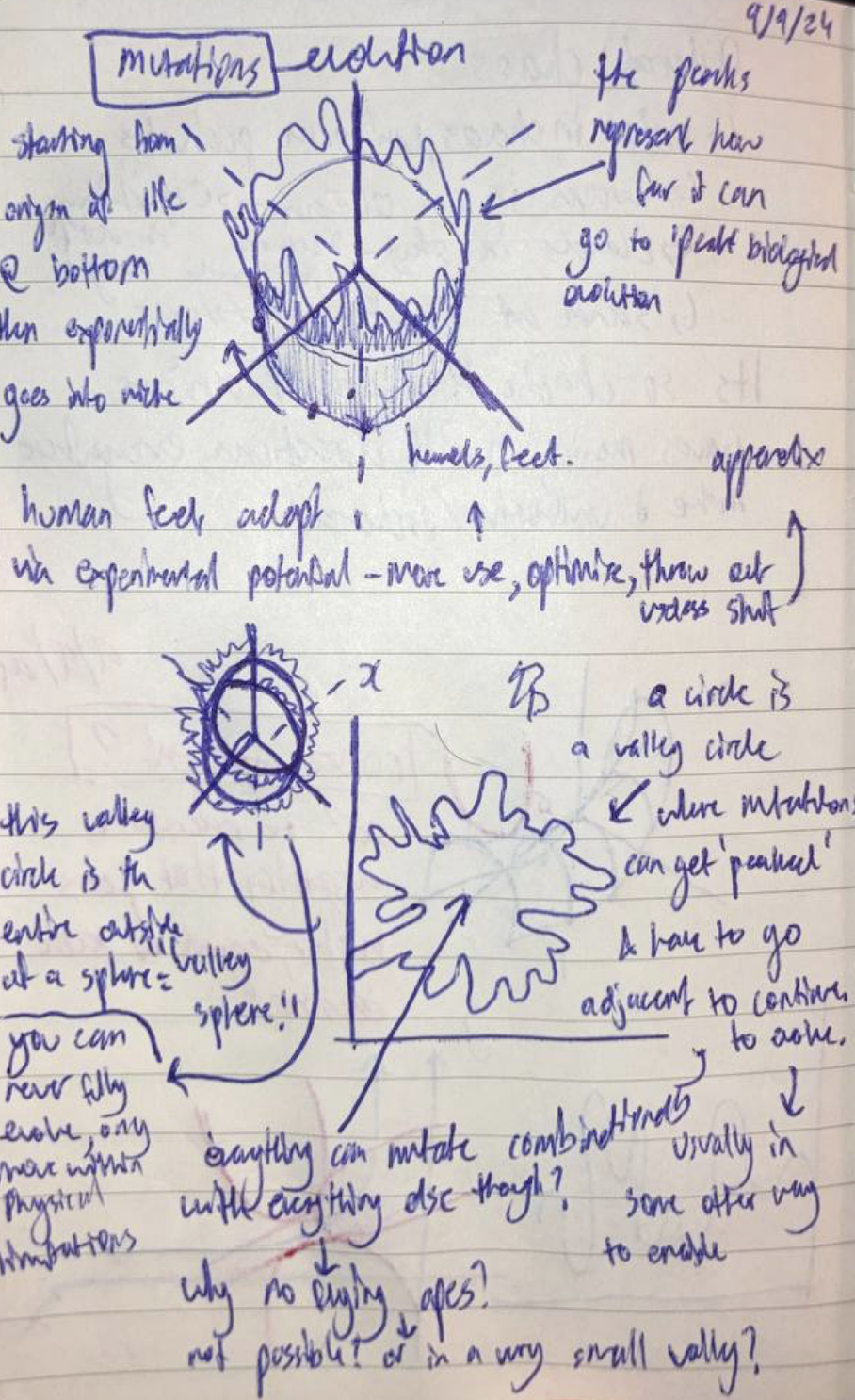
And what evolution does is traverse this spikey sphere, discovering new niches and never sticking to a single thing. I think there is a limit on evolution bc it must be bound to the laws of physics, therefore it can only go so far. You can’t have a 100kg animal with tiny ass wings, it’s just not possible physically.
I reflected on humans and consciousness for a moment. What if consciousness is like level 1/10 of evolutionary senses and there is much more we don’t even comprehend? More elements to sense beyond our own. Meaning we’re at the bottom of the curve of the sphere but we’re so nieve that we think we’re peak evolution. Chances are we’re in the former. There are most likely different realms of consciousness that we cannot even fathom because of our sensory limitations. I imagine augmentation is the way to perceive new dimensions of consciousness. Who knows what that would be like though…
Modeling Mutation
I then thought, how do you minimise the combinatoric complexity of mutation? There must be something that enables the priority of mutations over others. It is seen in the human genome that some parts are more prone to mutation than others! And I had a flash before my eyes, a visual 2d graph from my subconscious came into the physical realm of my sight and I promptly wrote it down. The vitality of mutation — how do you determine what to mutate?
If something is much more important, in the realm of dependencies, then would mutating it yield a better ROI than not? If you were to mutate the heart over getting sharper teeth to hunt what would be better? If you mess up the heart mutation you die. The teeth may be sub-optimal but still work so it’s able to go to a local min to get to a higher local max w/o risk of dying. There is the risk of not being able to hunt though…And so we can link these dependencies via a graph of some sort and get the amount of links there are to the part, in terms of depth and also how frequently those parts are used.
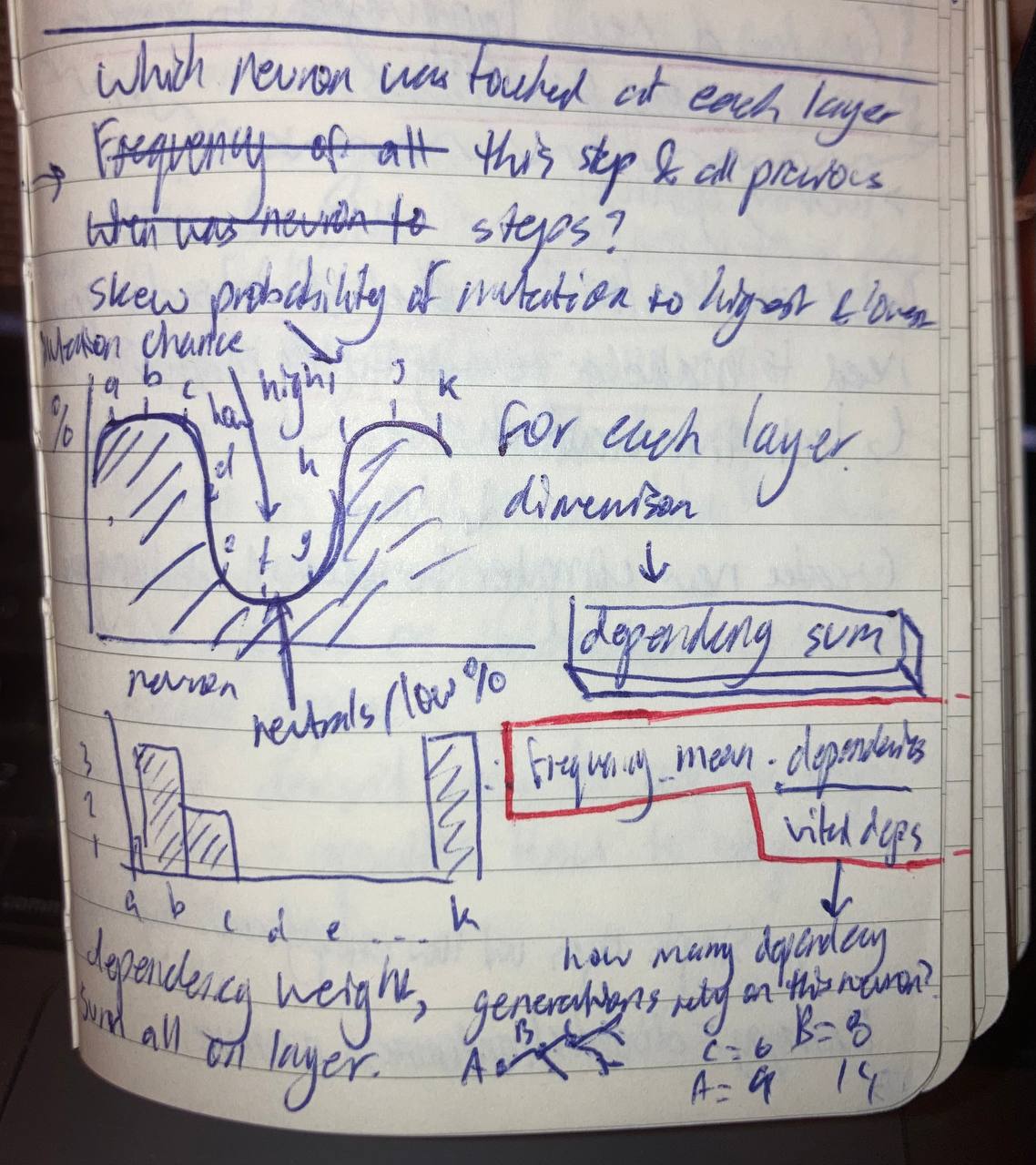
And so now we have a vitality measurement that determines how important a node is and what is the ROI to the mutation. This graph, tells us that the low-dependency nodes will experience a lower chance of mutation relative to those that are high dependency — think of claws or vital organs (hence cancer in prostate for males; continuous creation and replacement). The neutral parts would be an intermediary between vital parts. In retrospect, maybe those should mutate to connect to different parts, maybe creating new pathways. But then resources are split.
I also had the idea of a decaying mechanism. To reduce computational complexity for mutations we would generate new links to different nodes and decay them. The only way to prevent decay is if it is used frequently. This mimics the “use or lose” we hear with neurons. But it holds! Why increase combinatorial complexity to hold onto something that may not be useful? This deterrence, or hoarding, of functionality limits down the line. Therefore, for those connections unused they face deletion.
Eventually, when in an environment of multi-agents, they will establish symbiosis and complexity will emerge or they will die off and reconnect to something else. This recursive cycle is how something such as “consciousness” will emerge and thus “AGI”, or Artificial Life!
Final
Thank you for reading my first attempt at philosophical mathematics. It may not be super interesting or too deep but it’s a step in the right direction.
I don’t care that I share my ideas. I’ll generate new and better ones down the line as I progress in my mathematical fluency and trump any idea in this present tense. But hopefully, it can inspire those who read today!
I can’t wait to get to a stronger level of math and philosophy to share the perspectives I acquire. Hopefully, this gave some inspiration and excitement for what is to come. I find mathematical philosophy quite interesting bc of the perspectives of those who wield mathematics at advanced levels, and how they see the world and everything around them. It’s like the matrix. They must see the world as all numbers and shapes. I guess for the rest of us ignorance is bliss. Godspeed, anon.
Share this Article
Recent Articles
-
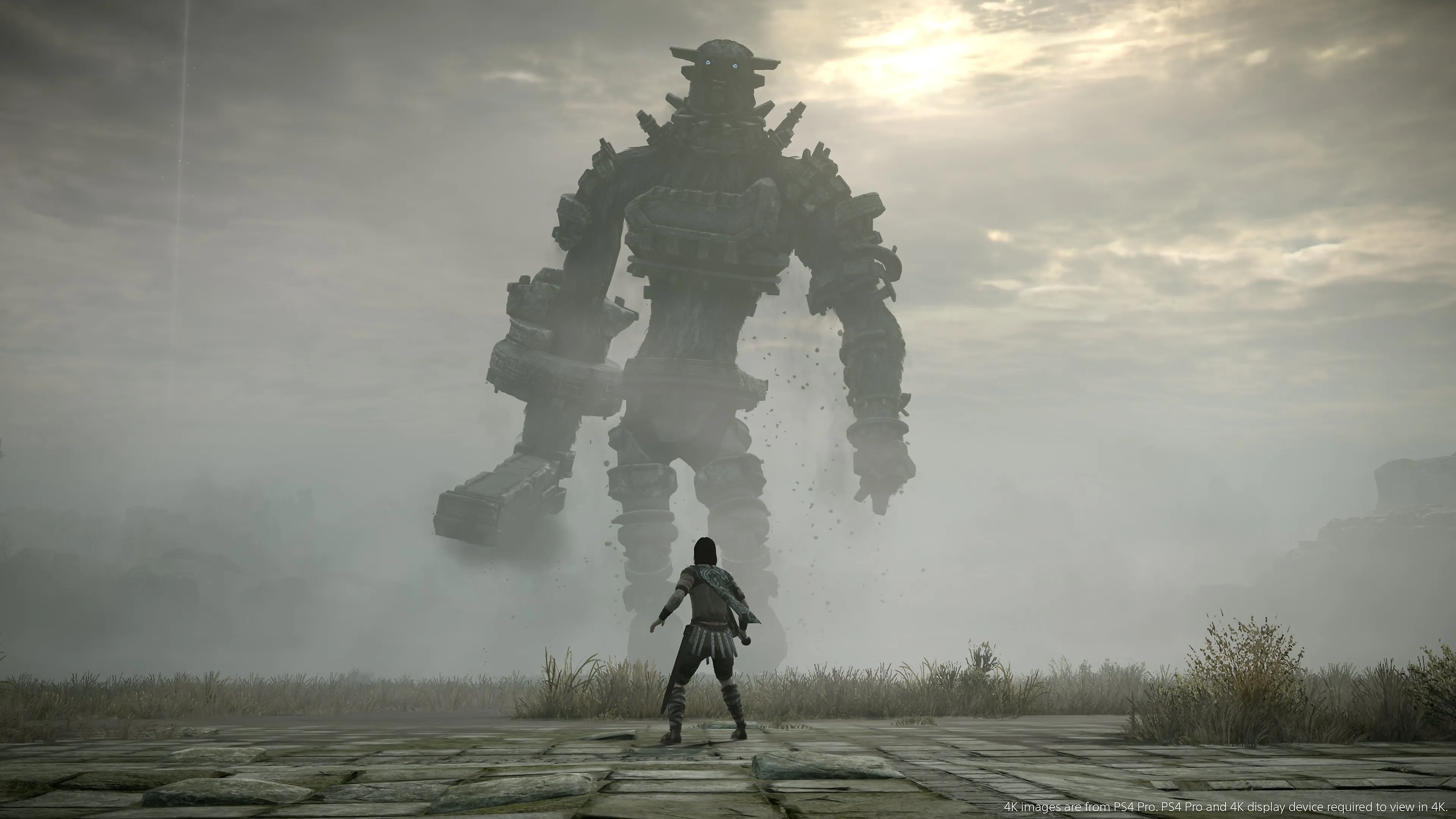
Overcoming Mental Warfare
When does pain stop? This constant back and forth of two titans colliding conscious never seens to let up...Will I ever escape? I must confront them, even if it means I will lose myself in the process. Fear not death but to live a life with undecisiveness.
-
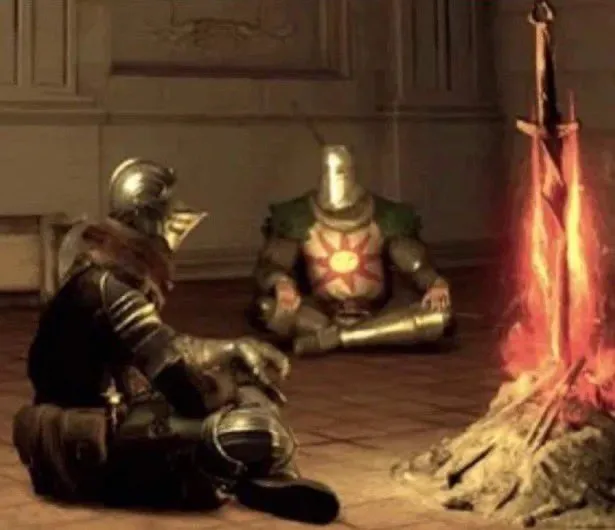
Numbing Persistance
There is nothing you can do but endure and persist to grasp those dreams from many moons ago. It feels mind numbing, all this effort. Maybe one day you'll reach it but at what cost? Was it worth it? All that pain and suffering, for what cause? Are you fighting to survive or is this thought play for you? For me, it's survival. Without it I would have nothing, but to rot in my mind as time drifts by.
-
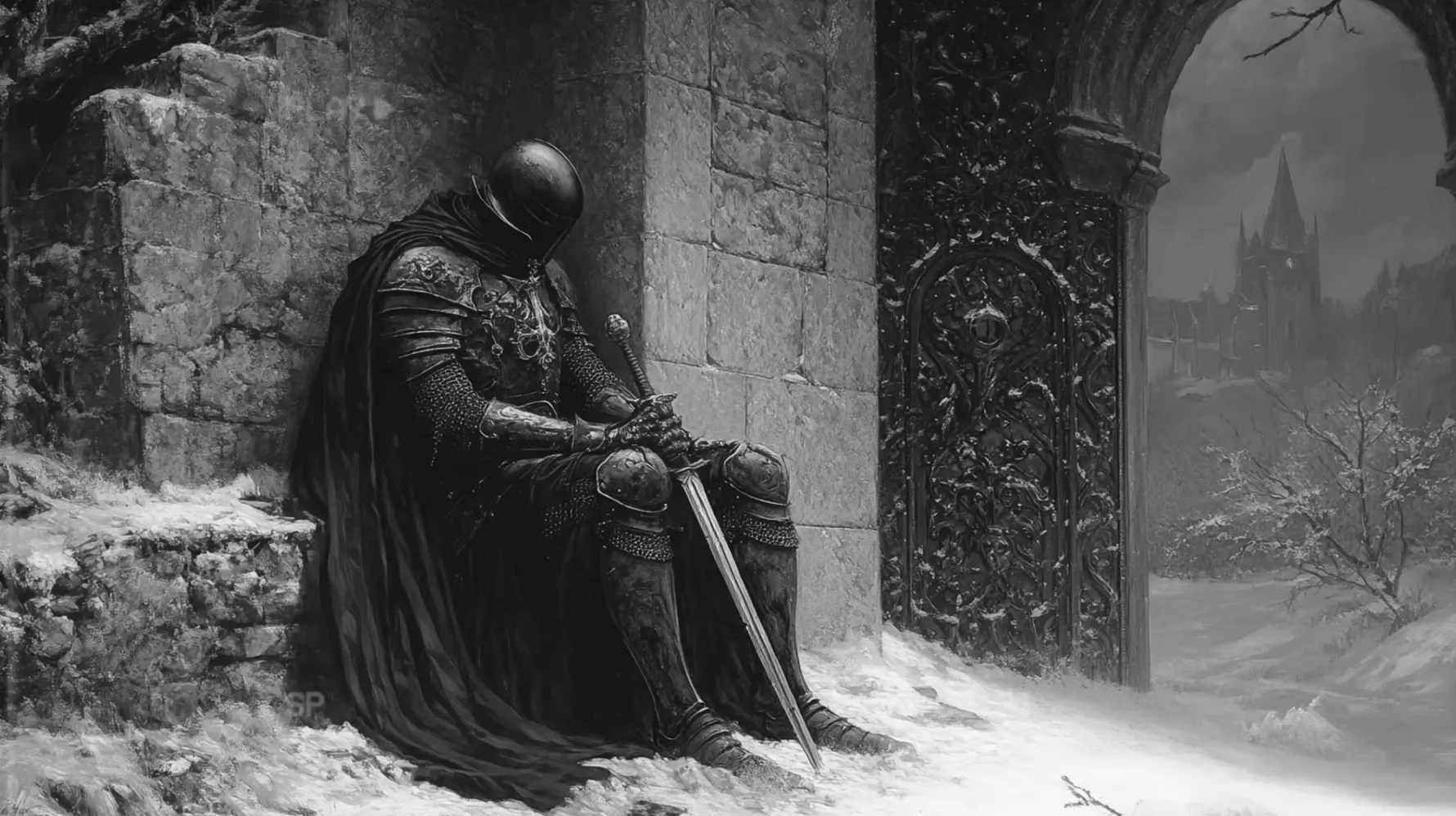
A Warrior's Journey
Deciding to become who you want to be is no easy feat. You are destined to battle the strongest of enemies on that path, sometimes with friends but majority of the time alone. What does the mind of one that is walking this path for the second time look like?
